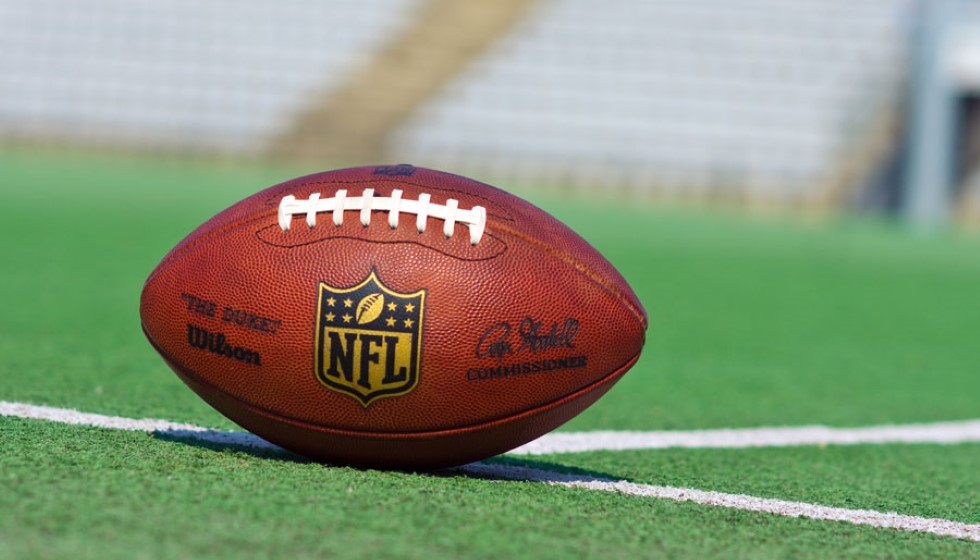
Damontae Kazee Faces Season-Ending Suspension
In a significant blow to the Pittsburgh Steelers' defensive lineup, safety Damontae Kazee will miss the remainder of the NFL season following a suspension. This disciplinary action stems from an incident in which Kazee was responsible for a hit that led to a concussion for Indianapolis Colts wide receiver Michael Pittman.
The rules of the National Football League are clear when it comes to player safety: hits to the head or neck area of a defenseless player are strictly prohibited. This protocol is designed to protect players from serious and potentially long-term injuries. The hit delivered by Kazee has been scrutinized by league officials and subsequently led to his ejection from the game.
League Officials Condemn the Hit
NFL Vice President of Football Operations, Jon Runyan, characterized Kazee's hit as a "serious rule violation," indicating the gravity of the situation and the potential repercussions such actions can have on player welfare. The decision to suspend Kazee was not taken lightly and reflects the league's ongoing commitment to player safety.
This season has seen Kazee fined five times for unnecessary roughness, with penalties totaling $59,030. These repeated fines suggest a pattern of behavior that the NFL is eager to correct. With the suspension now in place, Kazee stands to lose approximately $208,000 in salary, a substantial financial consequence that underscores the severity of the infraction.
Kazee's Contract and Financial Implications
Kazee, who is currently in his second season with the Steelers, is under a two-year contract. The details of this agreement include a $1.75 million signing bonus along with salaries of $1.25 million for 2023 and $3 million for the following year, 2024. While the suspension will impact his earnings for the current season, he has the option to appeal the decision—a process that could potentially lead to a reduction or overturning of the suspension if successful.
Coaches and Players React
Despite the suspension and the string of fines, Steelers head coach Mike Tomlin defended his player, stating, "He's not a dirty player." Tomlin elaborated on the nature of the hit, suggesting that although the outcome was regrettable, the intention behind it was not malicious. He emphasized that Kazee does not have a history of intentionally harmful play, despite the recent events casting a shadow over his conduct on the field.
Tom Brady, the legendary quarterback known for his outspoken views, weighed in on the broader issue of player safety and responsibility. Brady criticized quarterbacks who make throws that expose their receivers to dangerous hits, implying that better judgment from quarterbacks could prevent such incidents. His comments reflect a sentiment that accountability for player safety should be shared across the team, including those in offensive positions.
Former NFL safety Mike Mitchell offered his perspective on the challenges defensive players face in the current climate of the league. He pointed out the difficulty of playing deep safety when many rules seem to be made by individuals without firsthand experience of the game. Mitchell's remarks shed light on the complexities of adapting to evolving regulations aimed at increasing safety while maintaining the competitive spirit of the sport.
Looking Ahead
The suspension of Damontae Kazee will undoubtedly have implications for the Steelers' defensive strategy moving forward. As the team adjusts to his absence, questions about how the NFL's enforcement of player safety rules affects the dynamics of the game continue to surface. Coaches, players, and fans alike are engaged in an ongoing dialogue about the balance between protecting athletes and preserving the integrity of football as a contact sport.
As the conversation around these issues evolves, it remains to be seen how this suspension will influence the enforcement of safety protocols and the behavior of players across the league. What is certain is that the NFL's commitment to player safety will remain a priority, even as it navigates the complex interplay between the sport's inherent physicality and the well-being of its players.